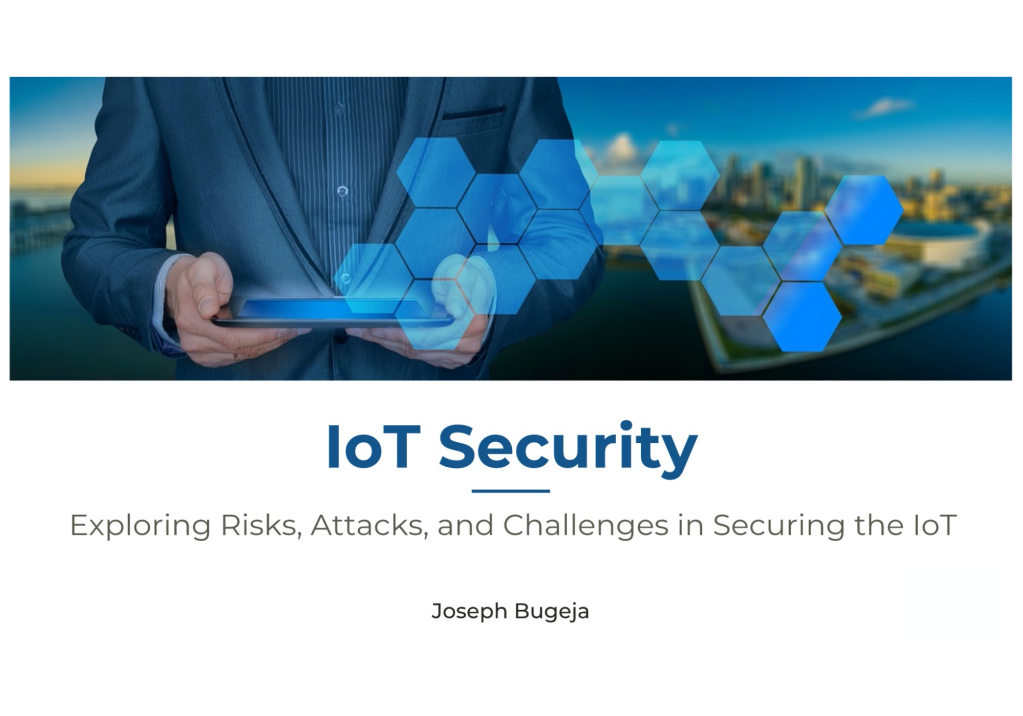
Cybersecurity is a top priority for businesses of all sizes. Cybersecurity compliance frameworks offer a structured approach to managing cybersecurity risks, improving overall security posture, and potentially meeting regulatory requirements.
Here is a summary of some of the most popular frameworks:
- NIST Cybersecurity Framework (CSF): Developed by the National Institute of Standards and Technology (NIST), the NIST CSF is a voluntary framework that emphasizes six core functions: Govern, Identify, Protect, Detect, Respond, and Recover. It provides a flexible and customizable approach that can be adapted to any organization’s specific needs. (https://www.nist.gov/cyberframework)
- PCI DSS (Payment Card Industry Data Security Standard): This mandatory framework is enforced by the PCI Security Standards Council (PCI SSC) and applies to any organization that processes, stores or transmits cardholder data. It comprises a set of 12 core requirements, which are organized into six key control objectives. (https://www.pcisecuritystandards.org/)
- HITRUST CSF (Health Information Trust Alliance Common Security Framework): Built on the NIST CSF foundation, HITRUST CSF specifically addresses the security needs of the healthcare industry. However, its applicability extends beyond healthcare. It incorporates HIPAA (Health Insurance Portability and Accountability Act) compliance requirements, making it a valuable tool for healthcare organizations. (https://hitrustalliance.net/hitrust-framework)
- CIS Critical Security Controls (CIS Controls): Developed by the Center for Internet Security (CIS), CIS Controls are a prioritized set of actionable recommendations that address the most common cyber threats. Implementing these controls can significantly reduce risk and improve an organization’s overall security posture. (https://www.cisecurity.org/)
- COBIT (Control Objectives for Information and Related Technology): This framework, developed by ISACA (Information Systems Audit and Control Association), focuses on aligning IT governance with business objectives. It provides a comprehensive framework for managing IT processes, ensuring alignment with strategic goals. (https://www.isaca.org/resources/cobit)
- ISO 27001 (International Organization for Standardization): ISO 27001 is an internationally recognized standard that outlines the requirements for an Information Security Management System (ISMS). ISMS is a risk-based approach to managing an organization’s information security. Achieving ISO 27001 certification demonstrates that an organization has implemented best practices for information security and that its information assets are protected. (https://www.iso.org/standard/27001)
The best framework for your organization depends on several factors, including your industry, size, regulatory requirements, and security goals. Some organizations may benefit from implementing a single framework, while others may need to adopt a combination of frameworks to address their specific needs. By understanding and implementing a relevant cybersecurity compliance framework, your organization can significantly improve its security posture, reduce the risk of cyberattacks, and potentially achieve regulatory compliance.






